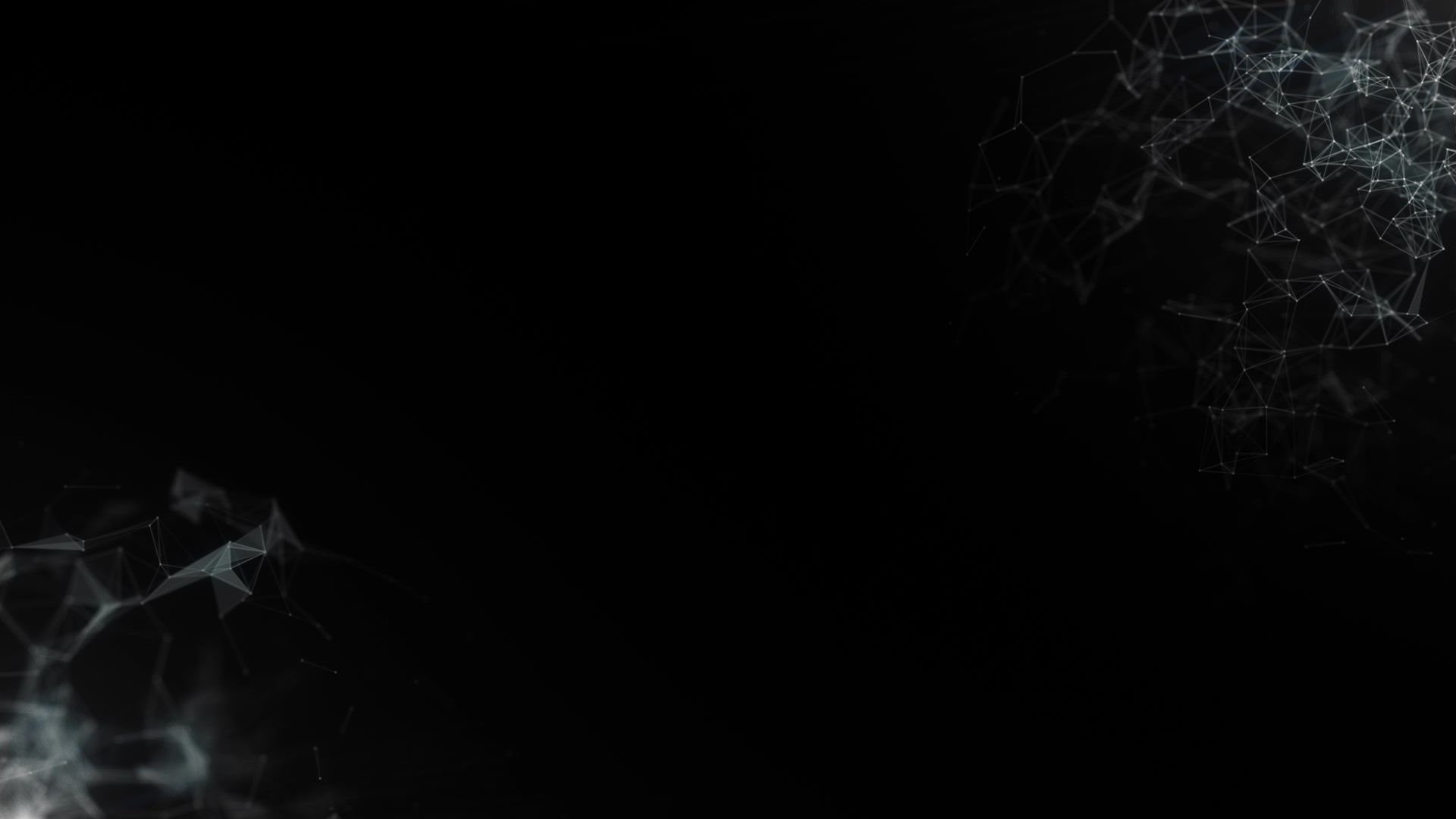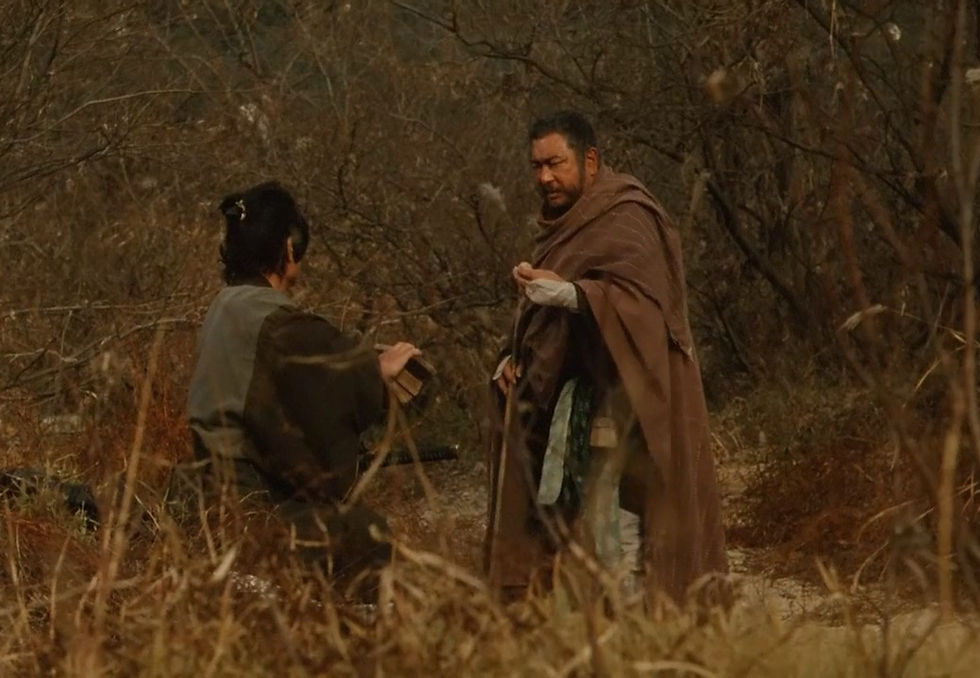Teenage Mutant Ninja Turtles comic books from its authors.
- Lukaschik Gleb
- Oct 25
- 6 min read

I had a certain skepticism and I wanted to give a chance to Teenage Mutant Ninja Turtles comic books by their creators, Peter Laird and Kevin Eastman. My doubt was in known. Such literature usually hasn’t strong writers. The Last Ronin is a grandiose story, yet it has a place for simplicity in that a peaceful deal is obvious, but that plot’s element is fine, and that graphic novel is a finest hour of Eastman, which was until he continued it by turning it something akin to TV series. On the other hand, there was a curiosity and wish of personal learning of the basis of legendary four guys. Additionally, I wanted to see how long I could get through the original Eastman and Laird’s Teenage Mutant Ninja Turtles, which contains sixty-two issues and were released from May 1984 to August 1993. However, there were other comic book by these men, and I wanted to give them a look too.
Through tax refunds and Eastman’s borrowing from his uncle was created Mirage Studios. From there came out a first issue and it’s explosive success, which was sudden for it’s creators, turned to expansion of a universe.
Original run, now called volume one, is a black-and-white comic books. It began with reading of riveting stories, which always contained crazy twists. They showed excellent personalities and development of the universe. I felt a danger and worried for heroes. Criticizing nuances to plots were from the beginning, but they were acceptable. A dissonance was: you often must guess which turtle talks and/or acts while you don’t see a characteristic weapon behind (colored versions don’t fix that because heroes have one red bandages) and it wasn’t once when a text, which Eastman lettered, was illegible. After four issues and two one-shots devoted to characters (Raphael and Fugitoid), Laird and Eastman increased in team and among them was hired Steve Lavigne who took a position in lettering. He solved one of shortcomings. Unfortunately, it hasn’t improved in the rest.
Issue #5 starts with forgetting that Michelangelo hurt his arm previously–his bandage disappeared. I could ignore it but hardly. I kept going because storylines remained on top in quality.
Followed Michelangelo’s one-shot is an agreeable Christmas tale while Donatello’s personal adventure had more loosing with logic, because it doesn’t match for believe in how that prolific artist with a magic pencil through which he can bring drawings to live could create complex images in several seconds. This screenplay fits for a kid literature, not dark and serious as TMNT positioned from the first issue. Curiously, I knew Donatello’s plot before, which was in reading of a children’s book many decades ago. It was released in one far country, which language I somehow used to know. This plot was much better told in that little book where I didn’t notice that a publisher had a permission. Sadly, that book is lost.
I still was normal in the sixth issue on that all aliens on a far far planet use English. But having in a world of triceratons alike to Roman gladiators’ fights with American-kind commentators and presentation of sponsors are limited fantasy. I couldn’t accept anymore an absolute loosing of authors. They don’t explain how the rest three turtles jumped on a flying machine, which was in a mid-air, and how all four of them landed on a prime leader’s tribune despite securing it triceratons had a clear position for shooting of all falling on them adversaries. Restlessness carries on in that these dinosaur-alike creatures open fire when their overlord is a hostage, killing him by own lasers. Turtles are surrounded but deus ex machina works in the most naïve way–they were teleported back at this exact moment. I couldn’t forgive such things anymore. That prompted me to look hindsight on the third issue where protagonists’ van was mistaken for a vehicle of bank robbers and that caused a chase in which their running from law enforcers led to coincidence in crossing ways with a burglar’s car and that ludicrously confused cops who were always behind. An abrupt turn in front of robbers’ minivan caused a transport of the latter to make an upside-down position and be surrounded by policemen.
Authors’ best ended. It was a hopeless poor after that. Issue #7 is the final chapter in “Secret Crisis of Infinite Wars”, which was from issues 4-7 and Fugitoid, became a literal mess. I was fine before in that all enemy faction begin with shooting but the National Guard deciding to commit such act after seeing a harmless beam came from a sky once again was too much and impossible. A same unacceptable was with triceratons who in surrounding by armed aliens of another race started the attack and could even take a gun and make a harm (additionally, one of them will survive many issues later as I discovered in searching – this highlights a quality to which comic book came.). Turtles had shooting with these aliens in issue #4 and the last aggressively initiated it. Yet these strangers from a distant world reveal that have no evil intention and wanted to protect themselves. Why didn’t they come with a dialog before? And I see they’re fine that turtles killed few of them back then. I skipped in that issue to a part detailing turtles’ origin, which is wonderful.
I didn’t over. Maybe, the other plots and story arcs will likeable. That wasn’t already in the next issue did unification with other Mirage comic series, an unknown Cerebus the Aardavark with involvement of it’s creators. A crossover with these characters, as I found out, has an odd tone and reminiscent to a derailment came in 1987 series TMNT’s series in an episode with Elvis aliens. I ended with that issue in the very beginning. Too primitive in coincidence and meeting of personages.
A spiritual stuff in issue #9 confuses and led to question about a character who with such ability could reach his goal without help. I closed it after first pages. Plots in comic books took slowdown in goodness by turning into stories of the week. Leonardo’s one issue was back on a track of powerful in it’s narrating where two lines make a brilliant intersperse between each other: the team prepares to Christmas while a leader of turtles is engaged in fights with Foot clan. Issue #10, which was a first in 1987, shifted production from bi-monthly to one-monthly by introduction of parallel series Tales of the Teenage Mutant Ninja Turtles (it will release seven issues). It happened because fans wanted more adventures of turtles. Not to splendid as it’s known. The script of the tenth issue–titled characters have fight with returned Shredder–was acceptable but it wasn’t extraordinary. It had much of “another generic fight between sides”. That story was with potential, which hasn’t realized on high and only leaves in asking about Casey appearance and why turtles use in approaches a neutralizing of an enemy, if it fiercely attacked their den and wants only slay them.
A continuation was in Tales of the Teenage Mutant Ninja Turtles. It was an intriguing story about hidden money but a resolution was in a senseless ending. What’s point to hide notes detailing where these banknotes were spent?
Popularity of Teenage Mutant Ninja Turtles added administrative work for expansion series internationally, which it’s authors took on themselves while started to invite other people for creation of stories. There came an anthology Turtle Soup. I looked on a first issue, which was released in September 1987. It depicted surrealistic dreams in which turtles suffer without bringing understanding. I didn’t stay in reading of it and just glanced on the next plot, which also doesn’t save a spirit of turtles. I had no desire to even look on four more issues, which came in early nineties. Anticipated disappointment was with two-shot Gizmo and the Fugitoid, which had Laird and Michael Dooney, a creator of another named character. It wasn’t known series too, but finding out had that incomparable of Cerebus the Aardavark, and I was catching other such moments in a script in doing that fast forward listing. Issue # 13, which was a first without original creators, was authored by Dooney. It flopped on arrival in hitting robot who explodes and no one was harmed by that (any hit and laceration, which turtles had in past issues, caused their reaction and demonstrated consequences) and a usual girl, who was in that robot, can push a turtle on long distance and make him to collide with a tree while his body takes an unusual turn to that time. Observation on other authors in the followed research resolved to avoidance all of them. Without spirit, no elaboration of reasonable sense and, as well as, stories included fairy-tale characters alike to Cerebus the Aardavark and Gizmo. I had a nominal relying that, maybe, Kevin Eastman and Peter Laird imagined good adventures after having hiatus. They returned and made issues from #48 to final #62. However, it doesn’t seem that these men plotted anything. I read a forty-eighths. It was on solidified simplicity and lifelessness. I did research, in which I wasn’t long, with further issues for getting a corroboration. I gave a same no chance in look on Casey Jones and Bodycount, which Eastman wrote both in the middle of nineties. The author wants to be a masterful director in a first, but his acts and a plot itself are contrary to commonsense. No such thinking with a storyline in the second comic book, which is obsessed and exhibitionistic on blood. Raphael comes up in the end without explanation – one of hallmark attributes of Teenage Mutant Ninja Turtles’ authors.



